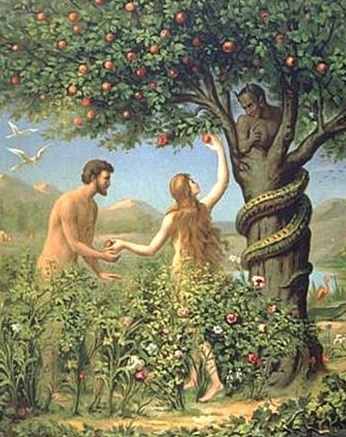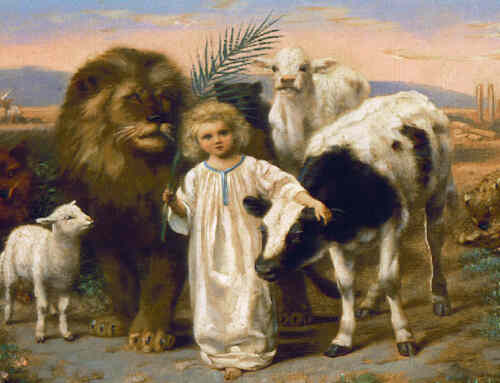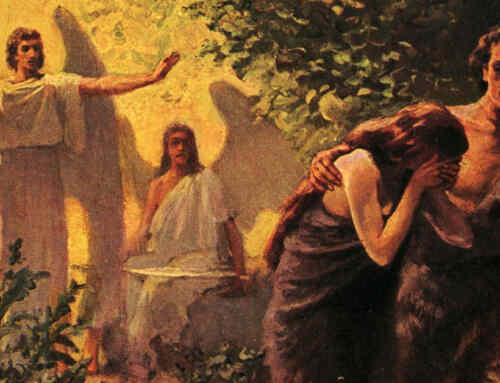When God placed Adam and Eve in the Garden of Eden, He gave them a test of obedience in order to develop their characters. Simply put, the test stated that they could eat from all the trees but “from the tree of the knowledge of good and evil you shall not eat, for in the day that you eat from it you will surely die,” (Genesis 2:17). Notice what this death entailed (Genesis 3:17-20): hardships and toil all the days of their lives “till you return to the ground, because from it you were taken; for you are [made of] dust, and to dust you shall return.” Nowhere did the LORD imply they would continue to exist in a different form and suffer somewhere in a netherworld. Further on in the Bible, in Ecclesiastes 3:19, 20, it is affirmed that “the fate of the sons of men and the fate of beasts is the same. As one dies so dies the other; indeed, they all have the same breath …all go to the same place. All came from the dust and all return to the dust.”
Satan, however, speaking through a serpent, supplanted God’s condition for life. He introduced the idea of immortality of souls. He lied to Eve by saying “you surely will not die” (Genesis 3:3, 4), if she ate of the forbidden fruit. Thus, deception and falsehood were introduced into the world.
We find beliefs in life after death and the immortality of the soul in most pagan religions. For example: Egyptians buried their dead with their belongings so that they could transport their possessions into the next world. The Greeks, especially Plato, believed the world beyond death revealed the true reality. Both Greeks and Romans placed a coin on the bodies of their dead as payment to secure their passage across the River Styx into Hades, their Underworld. Eternal bliss or suffering awaited all.
Sadly, after the death of Jesus’ apostles, Satan’s lie was perpetuated in Christianity. Constantine sought to consolidate power by forging a compromise between Christians and pagans. Early church fathers, Tertullian, Jerome, Augustine, etc., believed in the immortality of the soul and in a hell of everlasting torment for unbelievers. During the dark ages from the 6th. century on, biblical Christianity, which stressed salvation through faith in Christ, had virtually disappeared. It was replaced by salvation through the Catholic Church or eternal damnation for nonmembers. Additionally, a new doctrine of purgatory was introduced. People were taught their souls would endure a purging of sins through great suffering after death. To shorten this ordeal for dead loved ones, people could buy masses and indulgences. This horrible lie supported the Catholic clergy, their art, and their church edifices through the fearful sacrifices of the poor common man. The doctrines of hell and purgatory were all built on Satan's first lie to Eve.
[All scriptures quoted from NASB]





















